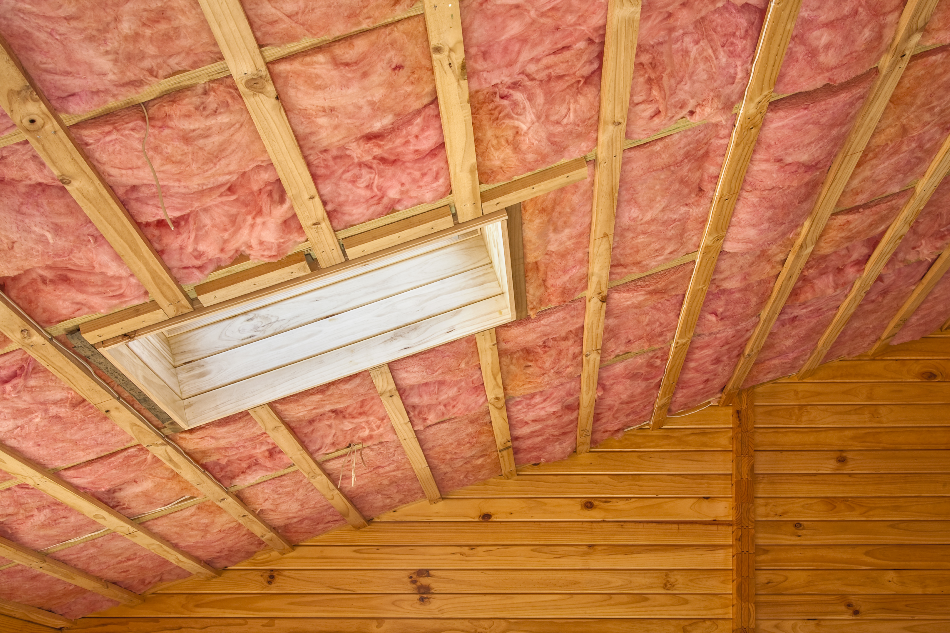Feb 17 2008

Image Credit: Travelight/Shutterstock.com
Article updated on 21/01/20 by Mihaela Dimitrova
Insulation is vital in keeping your home cool in the summer and warm in the winter seasons. A home that has been well insulated is at least 7 degrees cooler in summer and 10 degrees warmer in winter.
By properly insulating your home, money can be saved by reducing your energy bills. Moreover, a reduction in greenhouse gas emissions into our planet’s atmosphere is achieved when less energy is used. Insulation also provides soundproofing both coming from the outside and the inside of your house.
How Insulations Work and the Types of Insulation
Insulation works by providing a barrier to the flow of heat into and out of a certain space, in this case – your home. There are two main categories of insulation products that work in rather different ways.
Bulk insulation works by trapping pockets of still air within the structure of the insulation material. This trapped air provides a barrier to heat flow.
The other type of insulating product is reflective insulation. The way reflective insulation works is by reflecting a significant amount of heat from its polished metallic surfaces. This polished metallic surface reduces the amount of radiant heat being emitted from the surface.
Where to Insulate
In the ceiling and the roof, external walls and under suspended floors are places where insulation should be installed. If crawl spaces are available, insulation can be installed in existing homes. During re-plastering or recladding, insulation can be installed in the walls.
The Performance of Insulation Materials
The R-value of the insulating material plays an important role when choosing the correct bulk insulation. The R-value assesses the performance of the bulk insulation by determining the material’s resistance to heat flow. The higher the R-value, the greater the resistance to heat transfer and the greater the energy savings. Or in short, insulation with an R-value of 32 will save up to 7% of your energy consumption compared to insulation with R-value 8 and will further reduce your greenhouse emissions with the same amount.
References and Further Reading
http://newburyportbuilder.com/insulation-demystified/